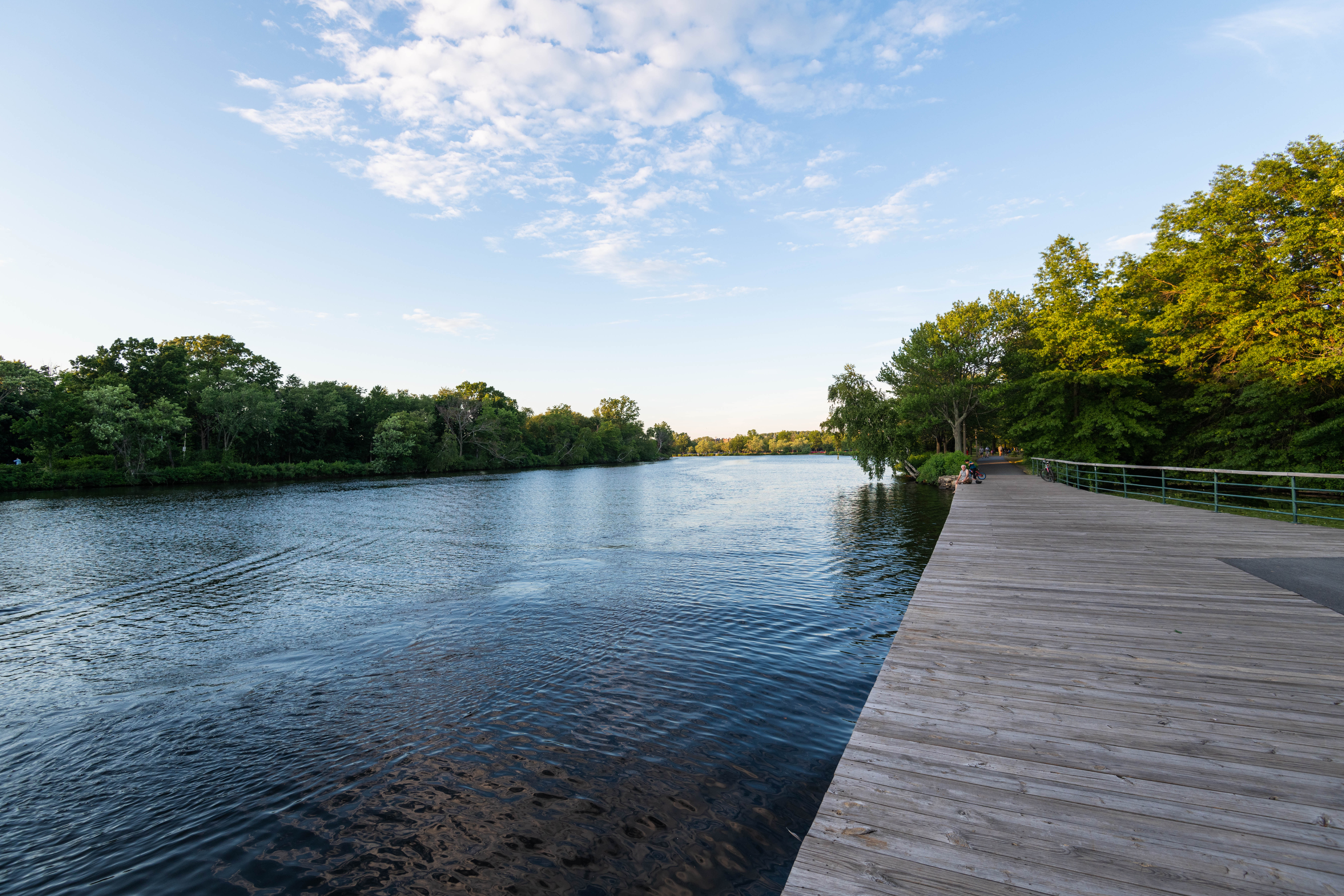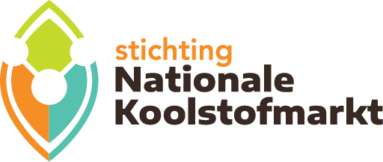About half of the heat demand in the Netherlands can be met with aquathermy, a technique that extracts heat and cold from surface water, wastewater, or drinking water. This energy is used to heat and cool buildings, significantly reducing the use of fossil fuels. As a result, it leads to a direct reduction in CO2 emissions. Aquathermy is therefore included as a sustainable alternative in the Climate Agreement and contributes to the ambition to make the Netherlands free from natural gas.
In Losser, swimming pool Brilmansdennen is fully heated using aquathermy. Heat is extracted from treated wastewater from the nearby sewage treatment plant operated by Water Authority Vechtstromen. Through a pipeline, this water is transported to the pool, where a heat exchanger and heat pump use the energy from the water to heat the swimming water, indoor spaces, and tap water. This completely replaces the use of large gas boilers.
This project shows how aquathermy can locally contribute to a fossil-free, circular energy supply.


ORCA supports these projects through carbon financing by selling carbon credits. The projects are certified by the National Carbon Market Foundation, which ensures quality and monitoring. This guarantees high-quality credits and allows you to contribute to distinctive, local, and innovative projects.